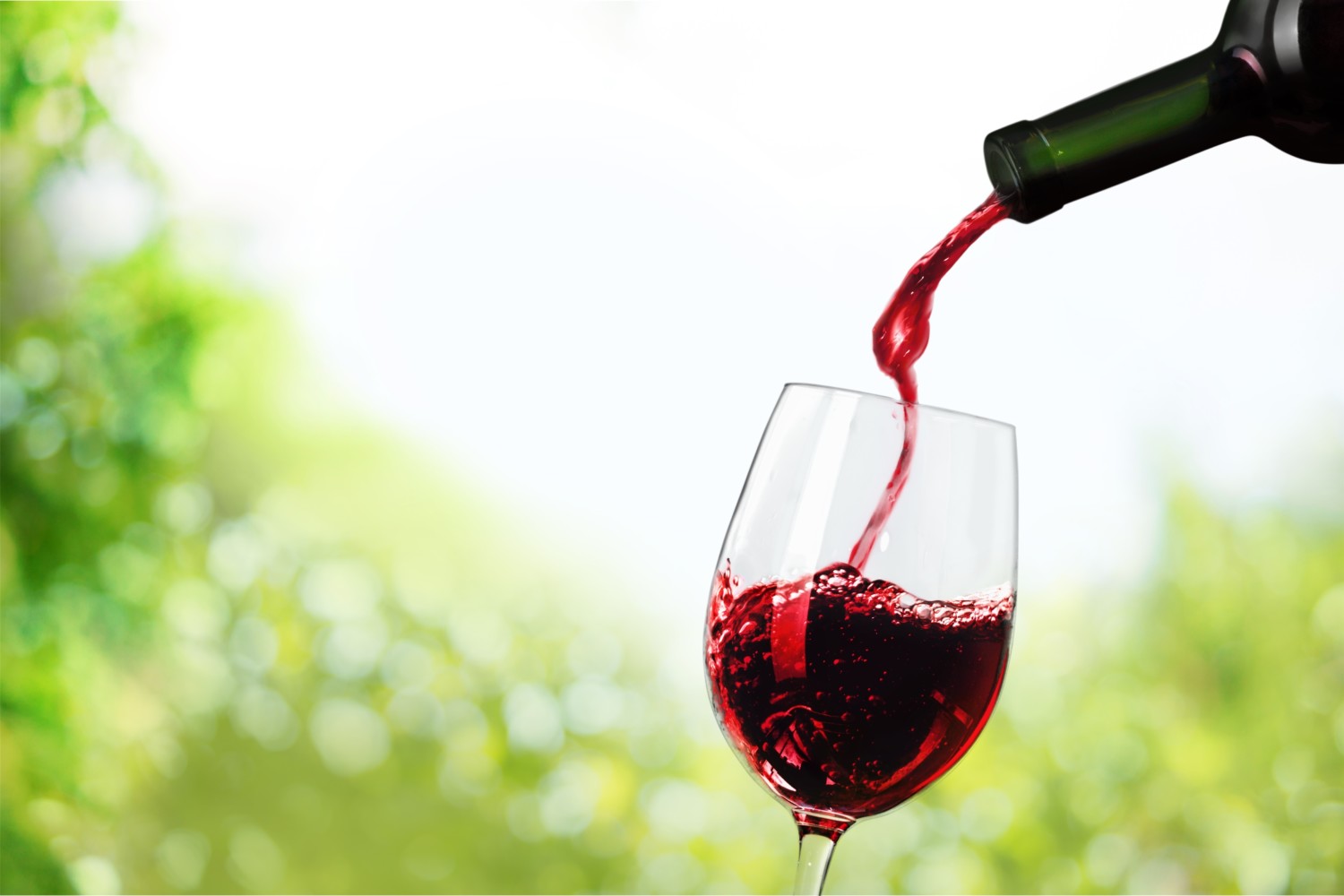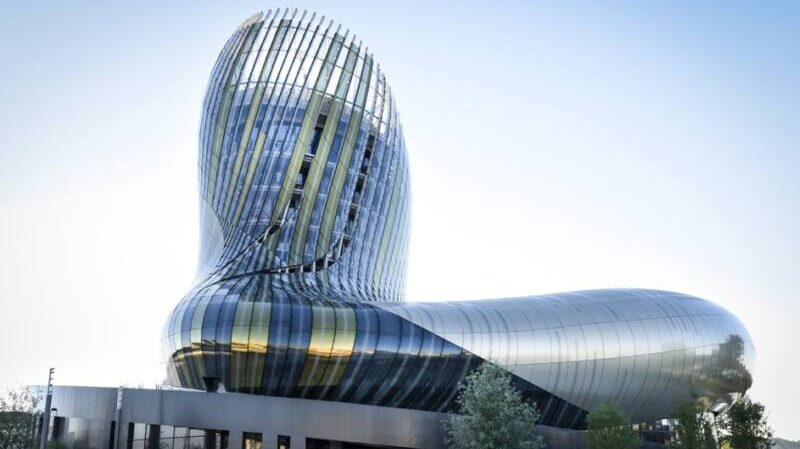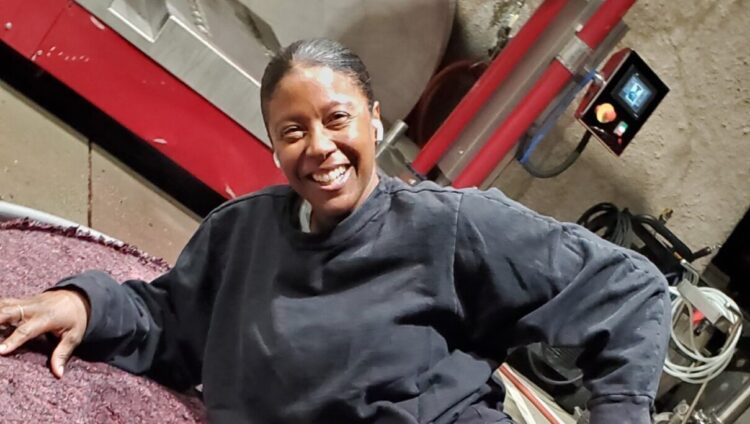Love wine? You should take a trip to Texas
Earlier this year, the James Beard Foundation nominated an unlikely candidate in its Outstanding Wine, Spirits, or Beer Producer category: a winery in the west Texas college town of Lubbock. Kim McPherson and McPherson Cellars are the state’s first James Beard semi-finalist in winemaking, but the honor signals a bigger movement that’s harnessing agricultural prowess and attracting vintners from all over the country to take the wine industry by storm.
Six months ago, Texas was one of the last places I thought of when it came to wine, but after a few days spent touring vineyards and tasting rooms in and around Lubbock, things have changed. With 400 wineries and seven American Viticultural Areas (AVAs), the Lone Star State is actually the nation’s fifth-largest producer. And Lubbock’s surrounding High Plains are an agricultural powerhouse where 85% of the state’s wine grapes are grown at the center of a push to produce wines that will not just attract visitors, but build a loyal Texas wine following throughout the country.
But how did wine get so big in a state better known for barbecue and football?
Turns out, Texas has a bit of history with grapes. The first vineyards were planted in the mid-1600s by Franciscan missionaries, and winemaking stuck around into the early 1900s, when nationwide Prohibition regulations clipped the fledgling (remember, people have been making wine for millennia) industry’s wings.
Roughly 30 years after federal Prohibition ended, winemaking returned to Texas thanks to a pair of curious Texas Tech professors. Wanting to understand which grapes would grow best in the region, Bob Reed and Clinton “Doc” McPherson (Kim McPherson’s father) planted experimental vines. In 1976, the pair opened the state’s second post-Prohibition winery — Llano Estacado — on the outskirts of Lubbock.
McPherson and Reed showed that the varietals that make up the West Coast’s trademark wines often struggle at the High Plains’ 3,500-foot average elevation, which brings intense sun, extreme wind and hefty day-to-night temperature swings.

“Most California grapes don’t thrive here,” Kim McPherson explains. “They’re too nutrient-dependent. We’re more similar to Spain or (southern France’s) Rhône Valley.”
Decades after the professors’ agricultural experiments, their realization is shaping the face and flavor of Texas wine, especially in the High Plains, where growers are getting in on the making side of the business. Consequently, while wineries certainly strive to make an excellent product from grapes Americans are more familiar with, several are also turning out killer bottles of Viognier and Montepulciano.
With a new tasting room in downtown Lubbock and a 50-acre vineyard and tasting room-bistro in nearby Levelland, Burklee Hill Vineyards is truly a grower-run operation. As we walk among the vines on land that’s been in Chace Hill’s family for five generations, talking about the sandy red soil, the lifecycle of the crop and the beauty of seeing the fruit from vine to glass, he can’t help but prune.

Like many of the High Plains’ grower-makers, Hill focuses on the vines and contracts the wine production out to a pro, Cal Johnston. One of his favorites is Malbec. The grape thrives here, so it’s low-maintenance, cost-effective and produces a stellar wine. Plus, it’s a Malbec, which may not be as (in)famous as a Cab, but is well-known enough to have wide appeal.

Head to the South side of Lubbock and you’ll find English Newsom Cellars, which sources its grapes from a small on-site vineyard and Newsom Family Farms. When Steve Newsom added grapes to his rotation of crops — which also includes peanuts and cotton — the first vine he planted was a Merlot, a varietal that many have struggled to grow in the region but he has had good luck with. Now, he grows 14 varietals.
“One of the reasons (the region has) grown so quickly in acres and in wines produced is the adaptation of the crop by the professional farmer,” Newsom explains. “We know nitrogen, know the land. Often, we’ve been on it for generations.”
Still, according to Llano Estacado winemaker Jason Centanni, the High Plains’ winemaking scene is finding its way.
“We’re still struggling with our identity,” he says. “What we’ve established is that we’re not the West Coast. Our wines are more delicate, we embrace more obscure varieties.”
But, he says, it’s a challenge to define how Texas wines should taste, and it can be difficult to find buyers who trust the region.
Thus, many of the state’s producers find that, although familiar varietals might not be very sustainable, they help get wine drinkers in the door. Often, wineries will go ahead and produce the Cabernet Sauvignon and the Chardonnay despite the barriers, using it as an opportunity to introduce them to the flavors of unfamiliar varietals.
Kim McPherson, on the other hand, treats it as a responsibility to make wines that showcase the local terroir and the less famous grape varieties that thrive in it. So, in his downtown Lubbock tasting room — a sunny space in a former Coca-Cola bottling plant — servers help guests taste-match. Into Chardonnay? Try a Viognier. Looking for a Pinot Noir? Sample Tre Colore, a blend of two reds and a white. McPherson also arms liquor reps with extensive tasting notes and details on specific blends. And despite the accolades he and his wines have earned, he keeps the price point accessible (most bottles range from $9-12) in an effort to encourage people to try something new.
Regardless of marketing philosophy, all these makers share a commitment to the notion that Texas can produce great wines, especially if they can focus on the varieties most suited to the climate and soil. McPherson wants the region “to become famous for what we grow well.”
If my time spent tasting around Lubbock is any indication, they’re well on their way.






